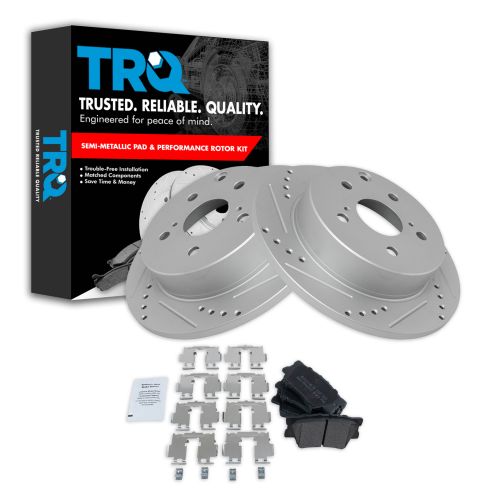1APBS03379-Toyota Rav4 Lexus HS250h Rear Semi-Metallic Performance Brake Pad & Rotor Kit TRQ Performance BKA20926

Replaces
2010 Lexus HS250h Rear Semi-Metallic Performance Brake Pad & Rotor Kit TRQ Performance BKA20926

Product Reviews
Loading reviews
There are no reviews for this item.
Customer Q&A
No questions have been asked about this item.
Lexus is a registered trademark of Toyota Motor Corporation. 1A Auto is not affiliated with or sponsored by Lexus or Toyota Motor Corporation.
See all trademarks.















